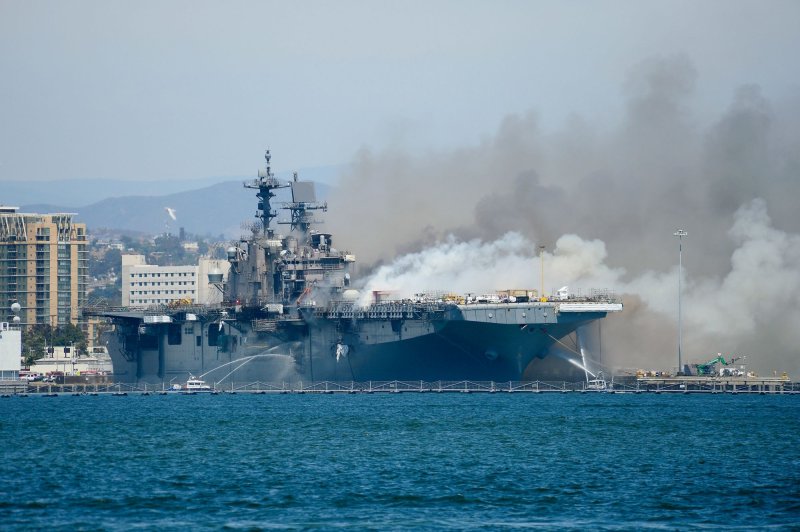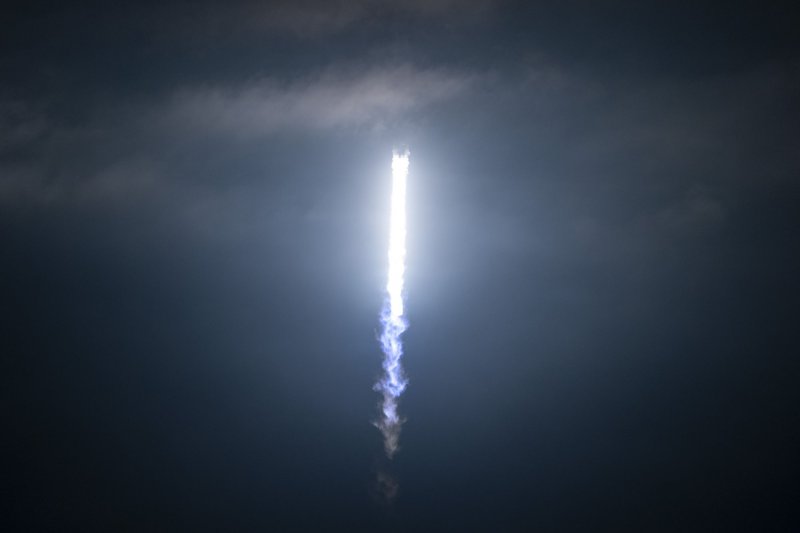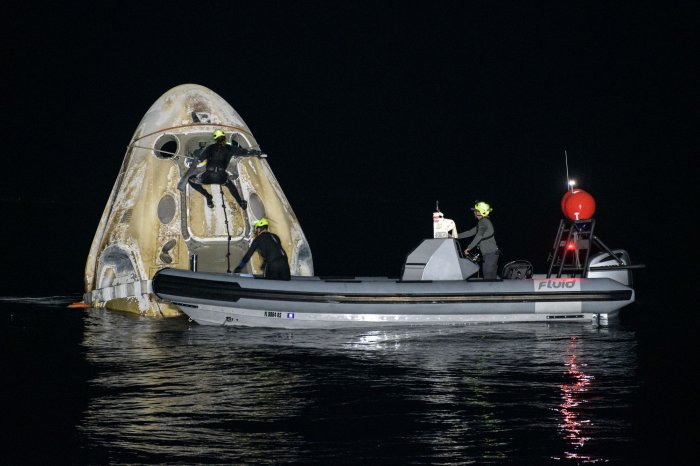Report finds USS Bonhomme Richard crew lacked training to combat 2020 fire

The U.S. Navy on Wednesday released a report finding that the crew of the USS Bonhomme Richard was not adequately trained to combat the blaze that destroyed the ship in 2020.
Oct. 20 (UPI) -- A report detailing the 2020 fire that destroyed the USS Bonhomme Richard released by the U.S. Navy on Wednesday showed that the sailors on board were not adequately prepared to combat the blaze.
The 400-page report found that 36 individuals, including the commander of the ship and five admirals, were responsible for errors that allowed the fire to severely damage the amphibious warship as it was in port in San Diego last year.
ASBESTOS, PFAS, UNKOWN TOXIC CHEMICALS, ETC
A total of 63 people -- 40 sailors and 23 civilians -- were treated for injuries related to the fire that burned for five days and the ship, the third to bear the name Bonhomme Richard, was officially decommissioned in April.
"The loss of this ship was completely preventable," Vice Chief of Naval Operations Adm. Bill Lescher said in a statement. "And the Navy is executing a deliberative process that includes taking appropriate accountability actions with respect to personnel assigned to Bonhomme Richard and the shore commands designed to support the ship while moored at Naval Base San Diego."
A sailor who was part of the Bonhomme Richard's crew at the time of the fire was charged last month in connection with the blaze on the ship, which has been identified as an act of arson.
The report, however, identified four factors that led to ineffective response to the fire including the condition of the ship, a lack of training and preparedness among crew members, poor integration between the ship and shore-based fire crews, and insufficient oversight by commanders "across multiple organizations."
"Although the fire was started by an act of arson, the ship was lost due to an inability to extinguish the fire," the report stated, noting that "a lack of familiarity with requirements and procedural non-compliance at multiple levels of command" contributed to the loss of the ship.
At 8:10 a.m on the morning of the fire, a junior sailor noticed a "hazy, white fog" but did not report it "because she did not smell smoke," and although several others eventually noticed and reported the smoke, they failed to properly establish command and control of the situation, according to the report.
A pair of firefighting teams struggled to find a usable fire hose but many were missing or cut and had not been repaired or replaced during routine maintenance, forcing the teams to deploy flame retardant until they retreated about an hour after the blaze began.
Firefighters did not douse the flames with water for 2 hours after the blaze started and senior officers didn't make efforts to integrate civilian firefighters with its crews for 3 hours.
The report cited Capt. Gregory Thoroman for creating "an environment of poor training maintenance and operational standards that led directly to the loss of the ship" second-in-command, Capt. Michael Ray also failed to properly drill the crew to maintain their readiness.
It found the crew's fire preparedness was "marked by a pattern of failed drills, minimal crew participation, an absence of basic knowledge on firefighting in an industrial environment and unfamiliarity on how to integrate supporting civilian firefighters."
Investigators noted that the crew had failed to administer flame-fighting chemicals on time in 14 consecutive drills leading up to the blaze.
"The response effort was placed in the hands of inadequately trained and drilled personnel from a disparate set of uncoordinated organizations that had not fully exercised together and were unfamiliar with basic issues to include the roles and responsibilities of the various responding entities," the report stated.

Crew members failed to report the fire in a timely fashion and also struggled to coordinate with civilian fire crews.

It took two hours for fire crews to spray the fire with water and three hours for senior officers efforts to make efforts to integrate civilian firefighters with its crews.

The report found that the condition of the ship, a lack of training and preparedness among crewmembers, poor integration between the ship and shore-based fire crews and insufficient oversight by commanders "across multiple organizations" led to the destruction of the ship.















